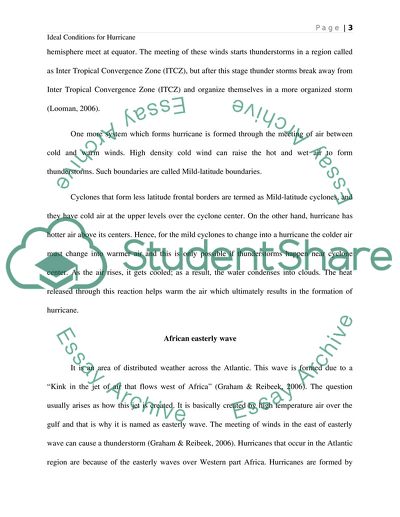Cite this document
(National Oceanic And Atmospheric Administration Term Paper, n.d.)
National Oceanic And Atmospheric Administration Term Paper. Retrieved from https://studentshare.org/environmental-studies/1778219-ideal-conditions-for-hurricanes
National Oceanic And Atmospheric Administration Term Paper. Retrieved from https://studentshare.org/environmental-studies/1778219-ideal-conditions-for-hurricanes
(National Oceanic And Atmospheric Administration Term Paper)
National Oceanic And Atmospheric Administration Term Paper. https://studentshare.org/environmental-studies/1778219-ideal-conditions-for-hurricanes.
National Oceanic And Atmospheric Administration Term Paper. https://studentshare.org/environmental-studies/1778219-ideal-conditions-for-hurricanes.
“National Oceanic And Atmospheric Administration Term Paper”, n.d. https://studentshare.org/environmental-studies/1778219-ideal-conditions-for-hurricanes.


